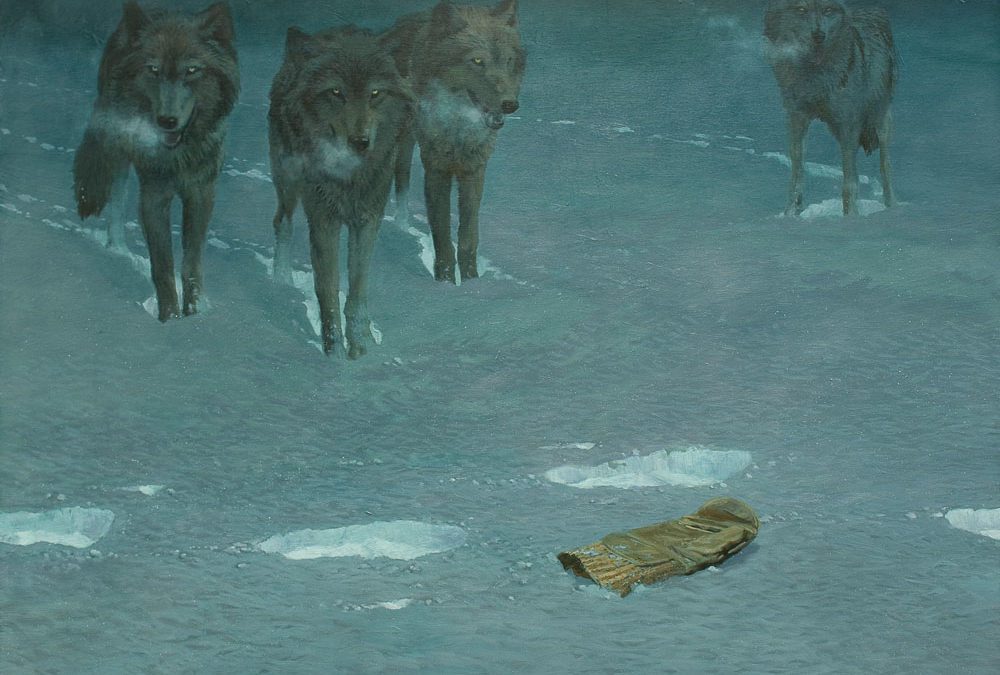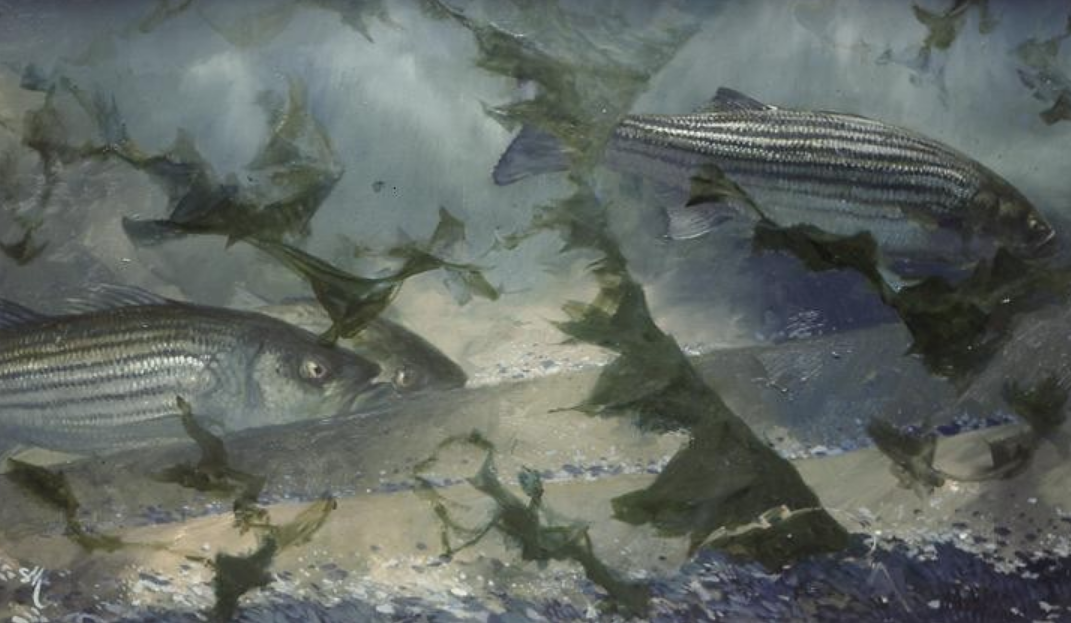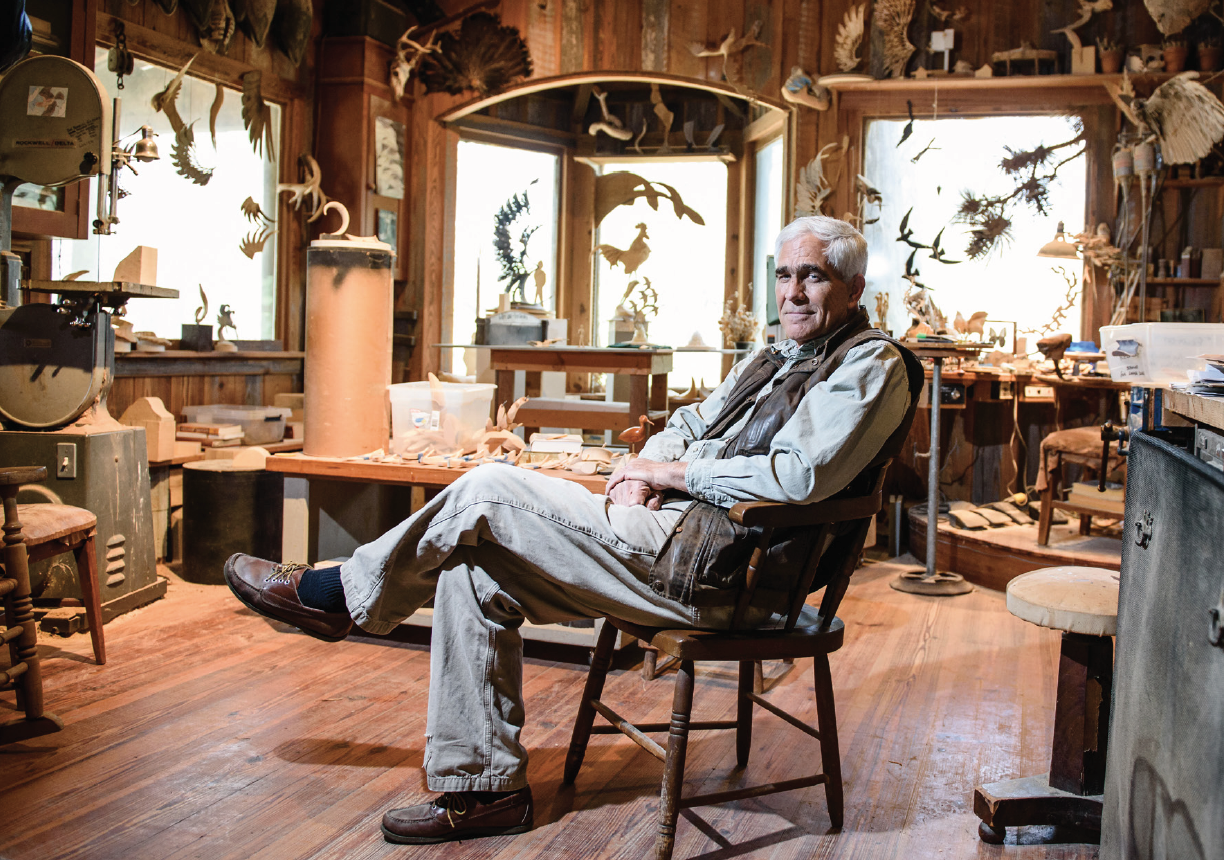For many years the wolf has borne the brunt of horror stories, from the legend of the werewolf to tales of unprovoked attacks on people in the wilderness.
In actual fact, there is little truth in the wolf’s bad reputation. The “Big Bad Wolf” is somewhat of a myth. It’s true that wolves have killed livestock and pets, but in North America, there are only two known instances of someone being killed during a wolf attack.
However, death from wolves can come in many ways. During the early pioneer years of hunting and trapping in the western wilderness, there were many reported incidents of hydrophobia brought on by being bitten by rabid wolves.
Before Louis Pasteur’s 1885 discovery of a cure, victims died a horrible death or committed suicide. On the vast western plains, death from rabies was not uncommon among the settlers because they were unable to even identify the symptoms of the disease.
In 1833, there was an incident near Pinedale, Wyoming, which did nothing to enhance the wolf’s bad reputation. Trappers and mountain men, some working for the American Fur Company and led by a man named L.B. Fontanelle, were asleep at a rendezvous encampment. The night was inky black; the campfires were dying down and the camp was quiet but for the sounds of men snoring off a night of heavy drinking.
Suddenly, there was a loud scream, followed by barking and growling at one of the camps. The sound grew into a crescendo, then seemed to drift away into the night. In its wake was the faint moaning of a man in agony. Everyone, even those still under the influence, sprang to their feet, running around the camp like headless hens looking for the source. Normally, shooting was not allowed in camp, but the men, still in a drunken state and fearful as to what had caused the commotion, quickly went off armed in all directions.
It was then that the realization of what had happened came to light. One man had been bitten by a crazed wolf that had run off. It seemed that while they were sleeping heavily, the wolf, or wolves, had crept into camp and had attacked the cattle and horses before biting the man.
The men gathered round the injured trapper who had been badly bitten on the head and down one side of his face as he slept. They attended to his wounds as best they could, then checked on the livestock. They found that several horses and cows had been maimed in the swift, deadly attack. The wolf was obviously demented, which meant it was more than likely rabid. Most of the men had seen the madness caused by rabies and were now dreading the consequences if they didn’t get out of there soon.
A rendezvous is normally a festive time when men who’d not seen each other all season got together ’round the campfire, shared stories and got drunk. But now a dreadful pall had been cast over the event.
Three days had gone by when some men returned with the news that they had shot the offending rabid wolf. Thinking this would be good news for Fontanelle, they were shocked to learn that a total of 12 men had in fact been bitten during the crazed attack.
The next day the symptoms began to show. The first man bitten had gone into a rage that night and trudged off into the wilderness screaming. Another man followed him out of camp, and he too disappeared into the night. Neither man was ever found.
Symptoms such as delirium, anxiety and terrible hallucinations can show up anywhere from two to ten days after being bitten by a rabid animal. Some victims have been known to kill themselves for fear of what would happen to them.
After a few more days, another man by the name of Holmes was acting strangely. He looked like he was having a fit, foaming at the mouth and threatening the men. In the end he ripped off his clothes and ran screaming and barking like a dog into the wilderness. He was soon caught by a search party, and after his fit had subsided, was brought back by two trappers. Fontanelle arranged for the encampment to be pulled down and they headed back to the stream to join Holmes and his two guards. Unfortunately, when they got back they found that the luckless man had escaped. Another search party was sent out, but they could not find a trace of the deranged man. He had probably run off into the wilderness and died a terrible death alone or committed suicide.
Of the remaining nine men reportedly bitten, their fate is unknown. If they weren’t treated, and it’s doubtful they ever were, they most likely suffered the same horrible death as their companions.
This was not a solitary incident. There were many stories of wolves following hunting parties across the plain, stalking their camps and trying to steal what they could. But if one or more of the animals were rabid, the aftermath of their attack could be devastating.
 One of 61 true stories, each accompanied by a beautiful painting by John, in Legends of the Hunt–Campfire Tales. Buy Now
One of 61 true stories, each accompanied by a beautiful painting by John, in Legends of the Hunt–Campfire Tales. Buy Now




